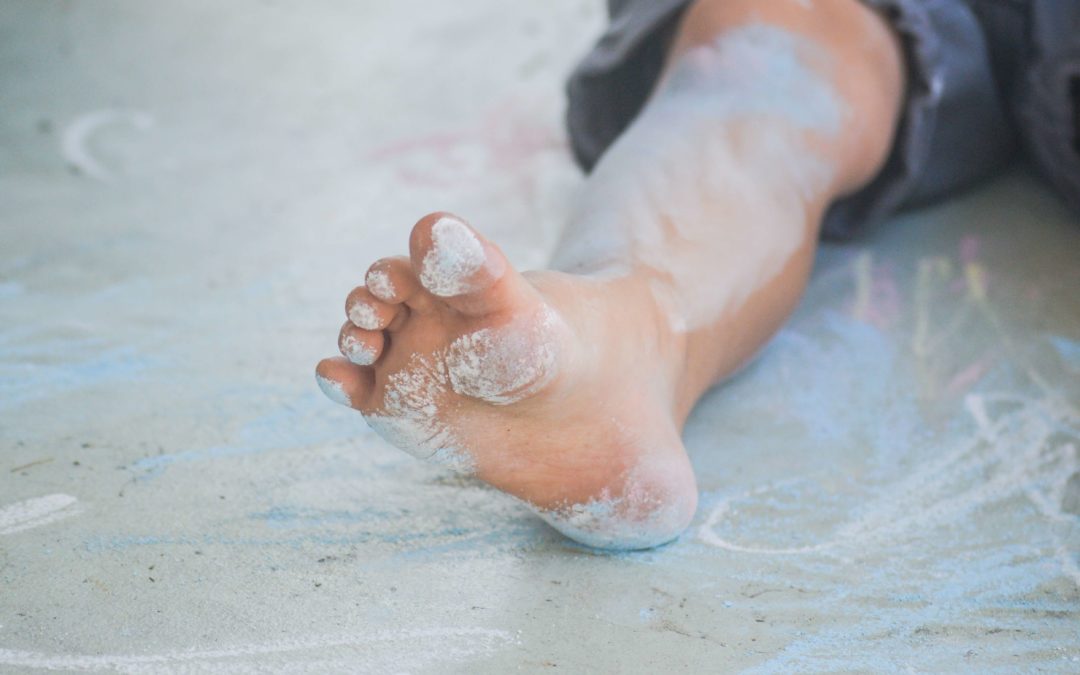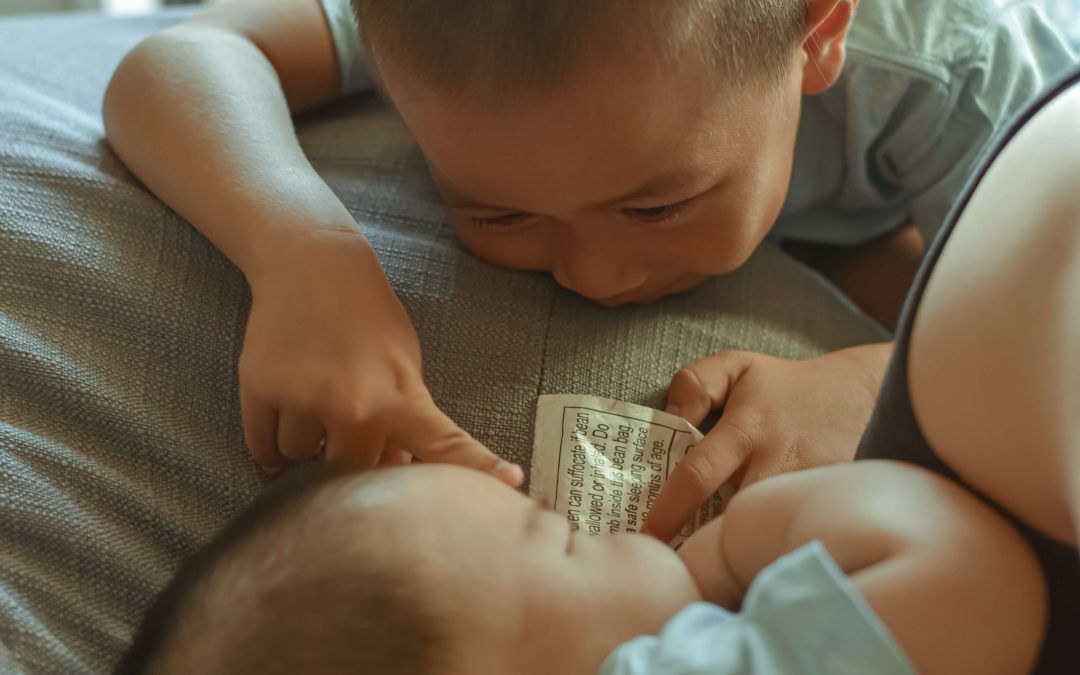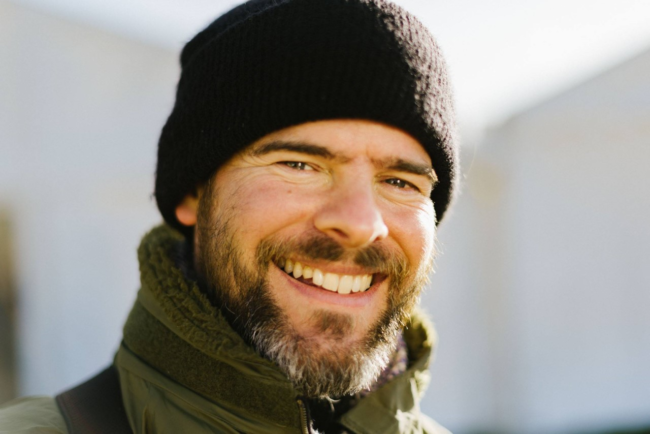
After a long afternoon in front of the computer yesterday, it was time to get back to nature.
By 5.30pm my eyes and brain were worn out from screens. My now familiar practice is to go for a walk, look over longer distances to stretch my vision as well as my legs, and get into nature. I have always believed that nature is good for my mental health. It is a blessing to have a local common in my part of the city. Within a few minutes I could feel soft earth under my feet, my pace slowed, light was golden as the shadows became long, and the fresh smell of spring growth was glorious. Nature is good for me.
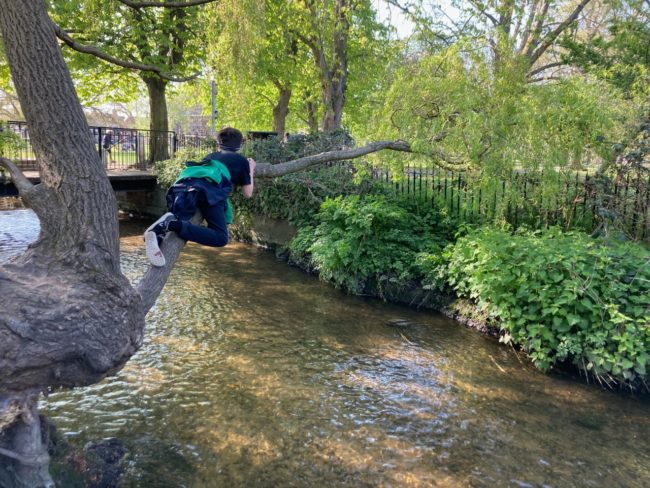
20 yards from the railway bridge into the trees a movement caught my attention. A large, fluffy, silent bird glided past, then another alighted next to the first on a nearby branch, whilst a third flew over. My brain slowly assembled the puzzle, “wait a minute, these are owls!” I haven’t seen owls here before, yet here are three teenage birds of prey enjoying the final warmth of the day.
Standing silently I watched the owls capering about. It felt like a gift. A handful of people wandered by; we exchanged smiles and quietly observed. By the time I got home my eyes felt normal, my brain felt decompressed. For the small price of 40 mins outdoors I was left with a lingering sense of being part of something special.
A Special Connection – Nature is good for Mental Health
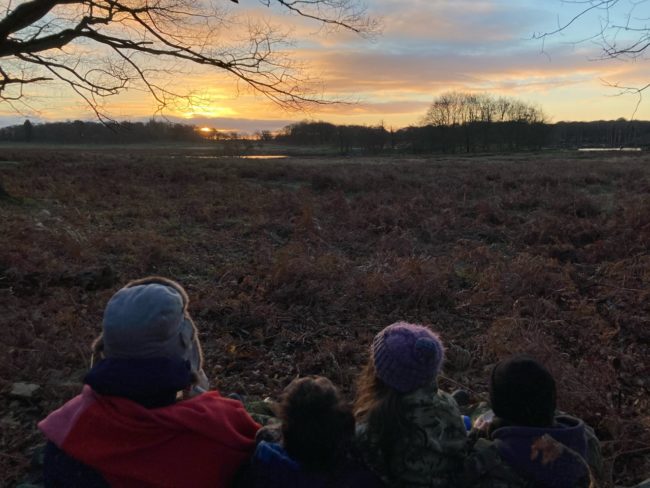
I have always lived in towns and cities, and sought green spaces in and around them. My sense of being at home out of doors was born largely through visits to my grandparent’s farm from my earliest years. Freedom to roam around, observe plants and animals, play with natural objects, and experience a full range of weather conditions is utterly necessary for human beings to live in wellness. Connection with nature helps us make sense of things, regain perspective, find moments of joy, discover that we are resilient, enlivens our creativity and is more accessible than many believe. Quite simply, nature is good for mental health.
What if you are not an outdoorsy types?
But how do we encourage our families out into nature so they can experience the mental health benefits? Where do we go, and what do we do when we get there? Here are some things which are helping my wife and I invite our kids to enjoy outdoor spaces.
Prepare to have fun
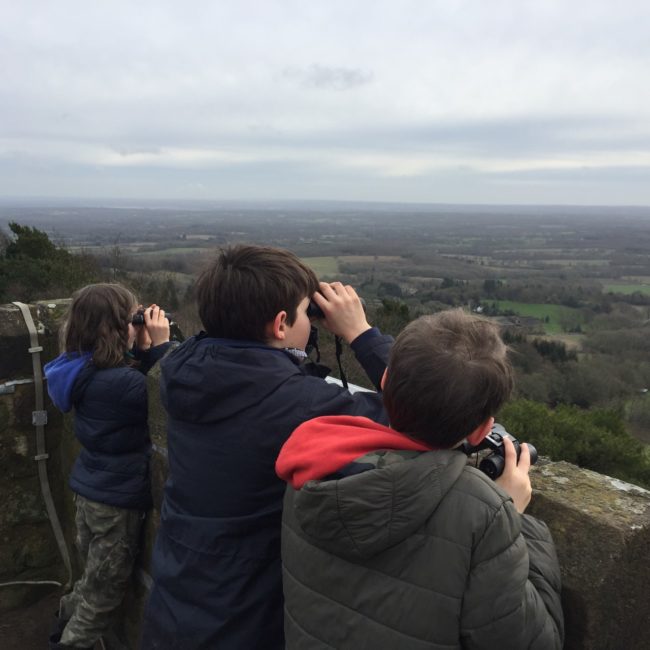
If everyone is warm, dry, well fed and hydrated we are more likely to have a good time. To this end I always have a rucksack with food, water, some spare clothes, and a small groundsheet to sit on. As toddlers my kids began pointing at tree stumps and enquiring “snack?” Daddy always has snacks, little people get chilly more easily and hungry more often than adults. Plus Daddy likes snacks.
Go Exploring
Whenever in a new place I get out and have a look around until I find the green spaces. Maps and internet searches quickly tell where the big green bits are. I like to find locations within a few minutes walk to get a daily dose of nature, whether towpath, recreation ground, common or park. Then we also find some bigger green spaces for when there is half a day or a day to play outdoors.
Go Slow
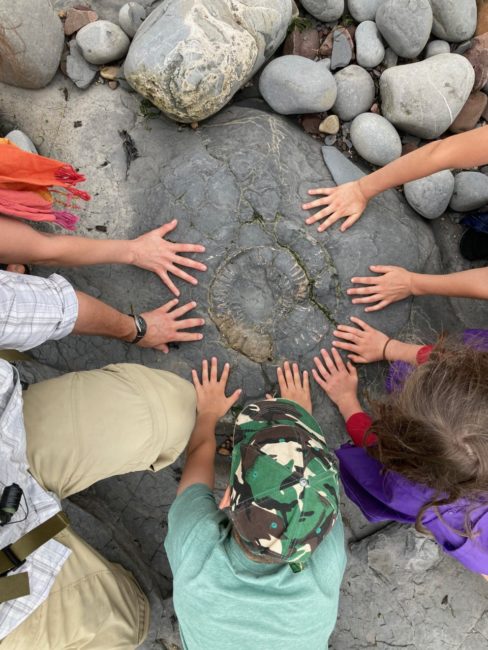
Make time to really connect with what you find. If it takes ½ hr to walk 100yds that’s okay! What does that tree bark feel like? How does this blossom smell? Is the moss cold or warm? What is that bird doing up there? Can you hear that sound of wind through the branches? Maybe take things further with some simple equipment; a cheap magnifying glass is a tool of wonder revealing the intricacy of the natural world. Binoculars help us see creatures up close without disturbing them. A sketch pad and pencil can help you capture notes and images while still being present to what you’re observing.
Get to know your habitat
Curiosity is a brilliant human trait. Allow your questions to take you deeper into nature. “What is that tree Daddy?” (avoid the inclination to blag an answer at this point ;o) “Well darling, I haven’t the foggiest idea but let’s find out!” It could be via a book (e.g. What’s that Tree), an App (e.g. Woodland Trust Tree ID), or even a tree identification or foraging course if you’re really up for it. There’s a huge amount of info out there to help put names to birds, bugs, blossoms and beauty you find. Becoming familiar with the names of plants and animals we share a home with helps us value them.
Tremendously the boost to our wellbeing comes largely from simple exposure to green spaces. We don’t have to “make it happen” in that sense, we simply absorb it while playing, wandering, exploring and observing.
Start Small

Five minutes around the block looking at trees in your street is a lot more than no minutes! 30+ minutes will have a more noticeable impact on your mood. If you get an appetite for more there are some wonderful providers of outdoor experiences in the UK. I take family and other groups for day and overnight events completely off-grid, learning wilderness skills to increase the joy of outdoor living.
Here’s to wellbeing through nature, and finding both with our families!
About the Author
Nathan Beard, a serial blogger for Dad.info, write about his Wild Ventures drawing on his bushcraft experiences both here in the UK and overseas.
Nathan talked live with Ian Soars, CEO of Dad.info LIVE on Tuesday 11th May 2021 – watch again on YouTube.
If you enjoyed this article, why not read another dad’s story – click here.




